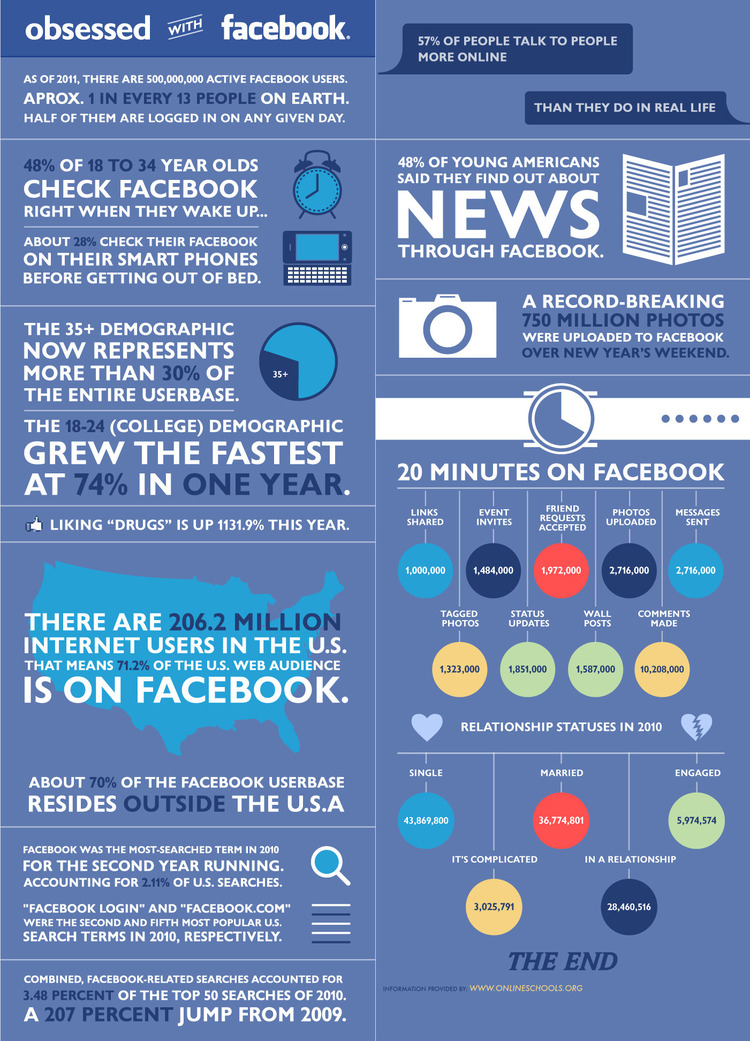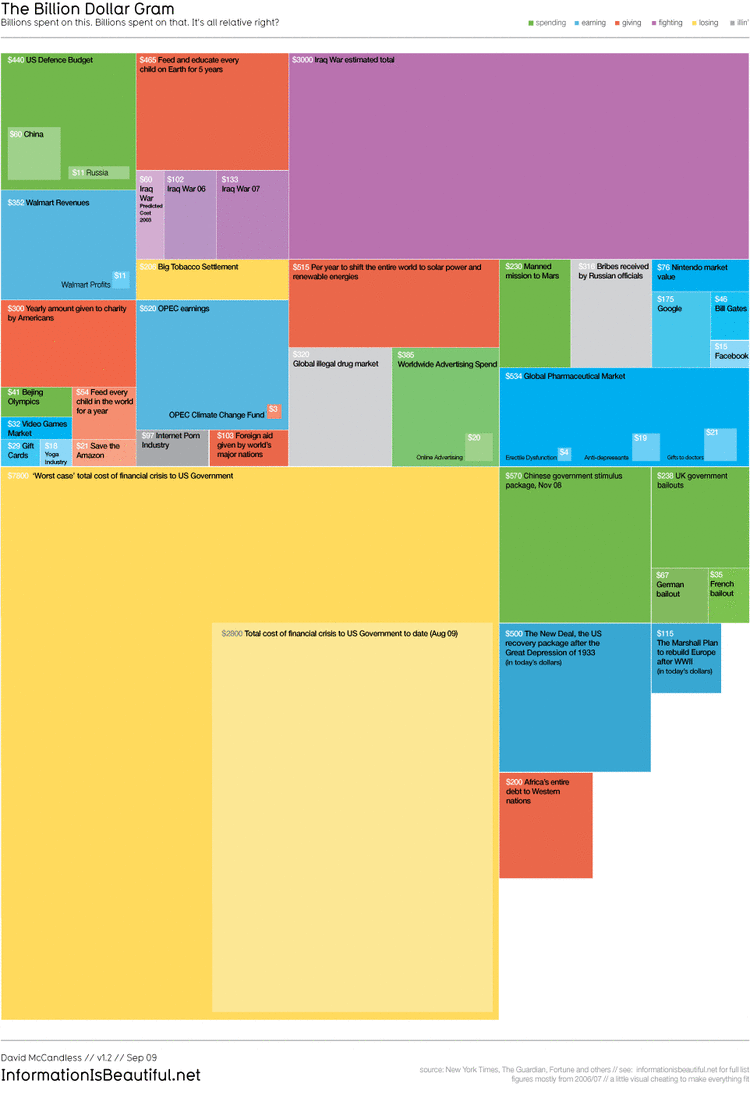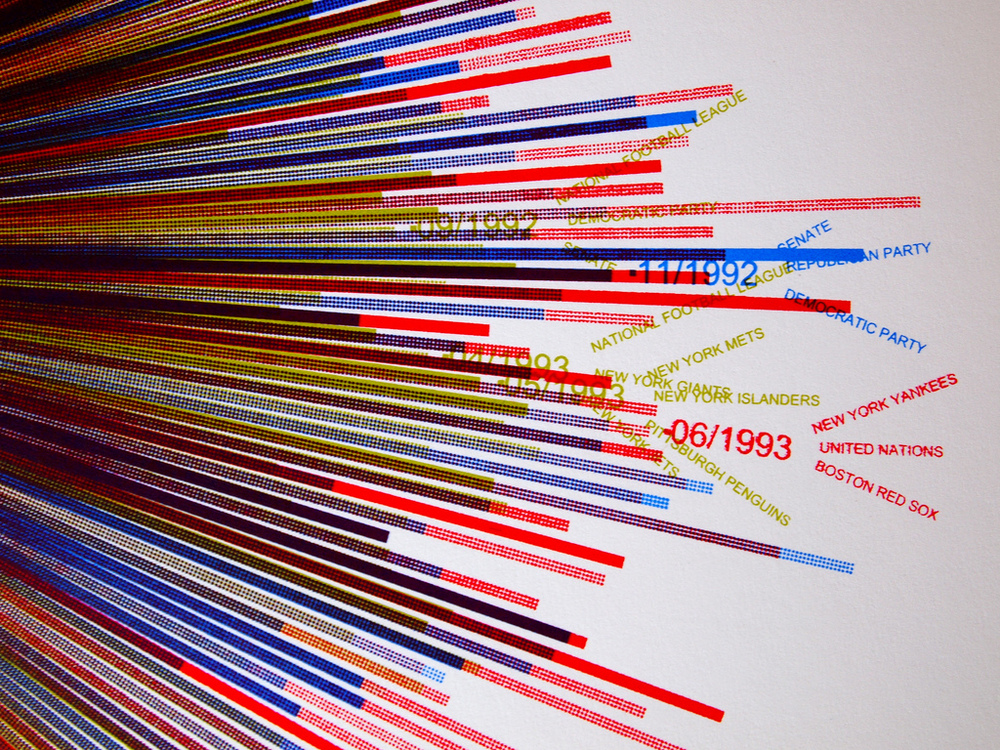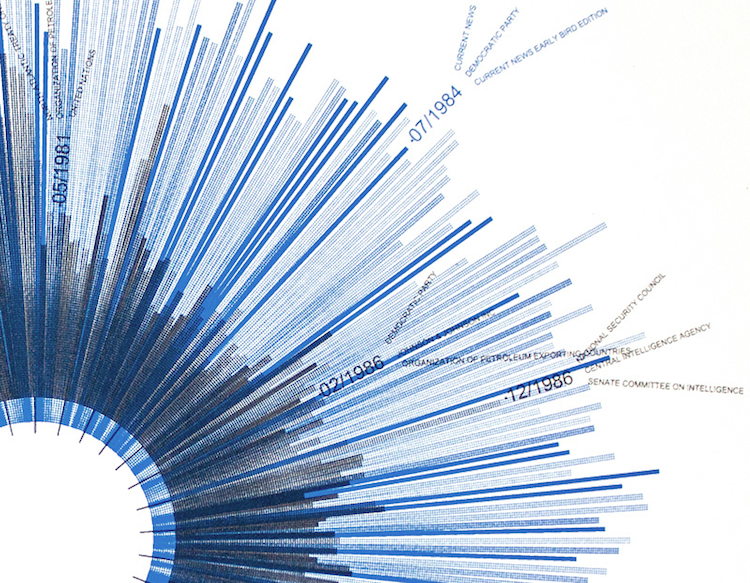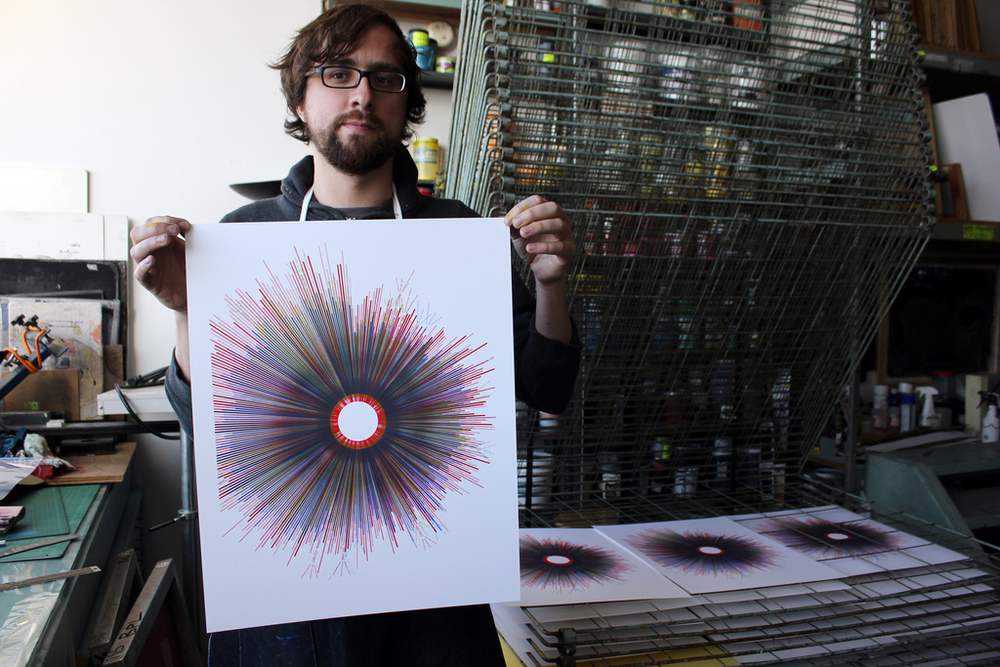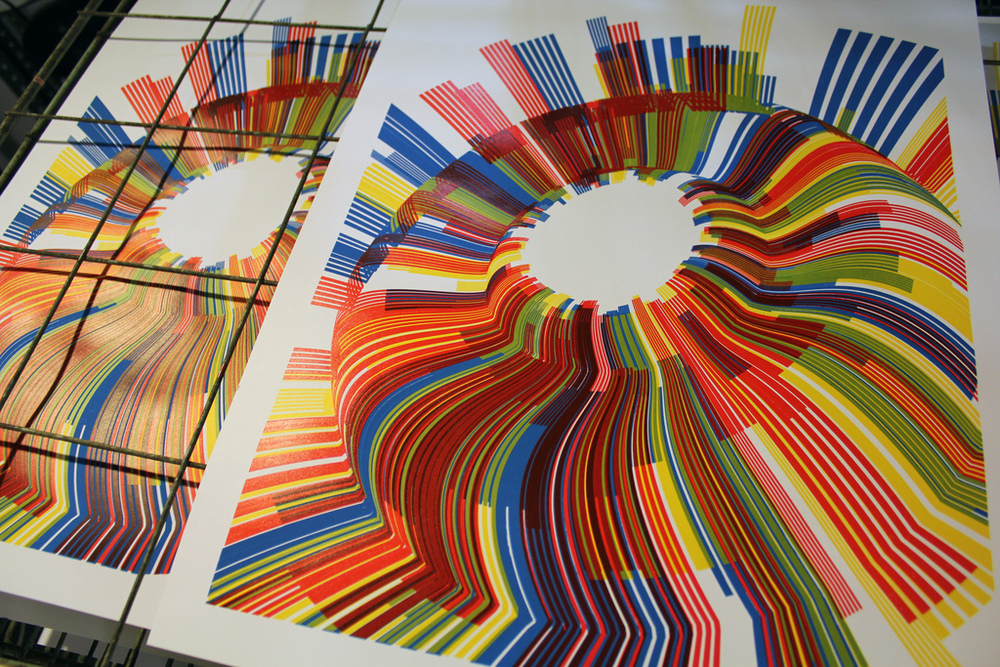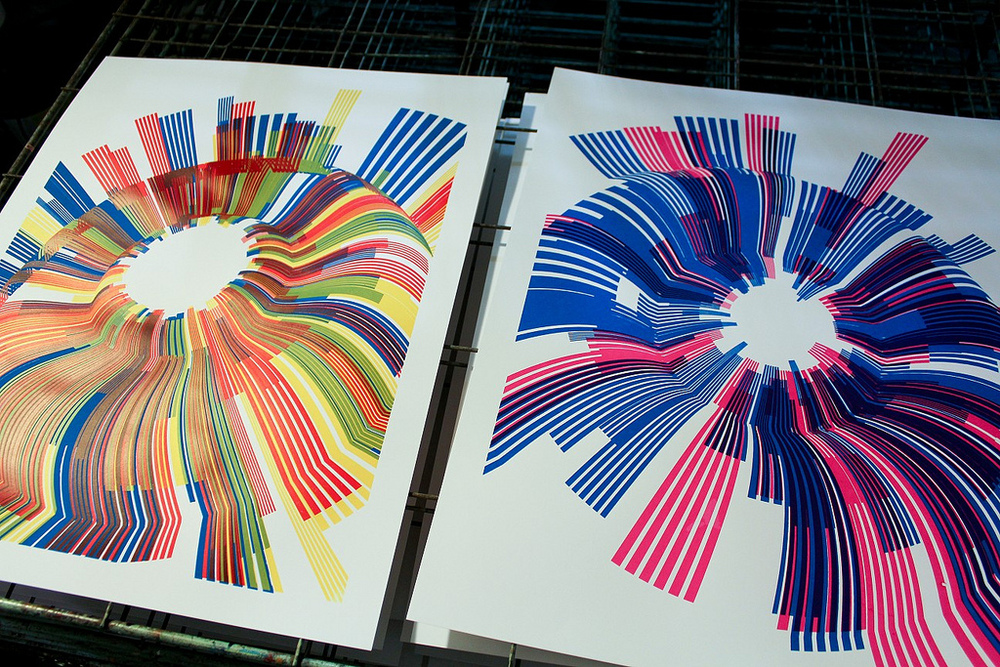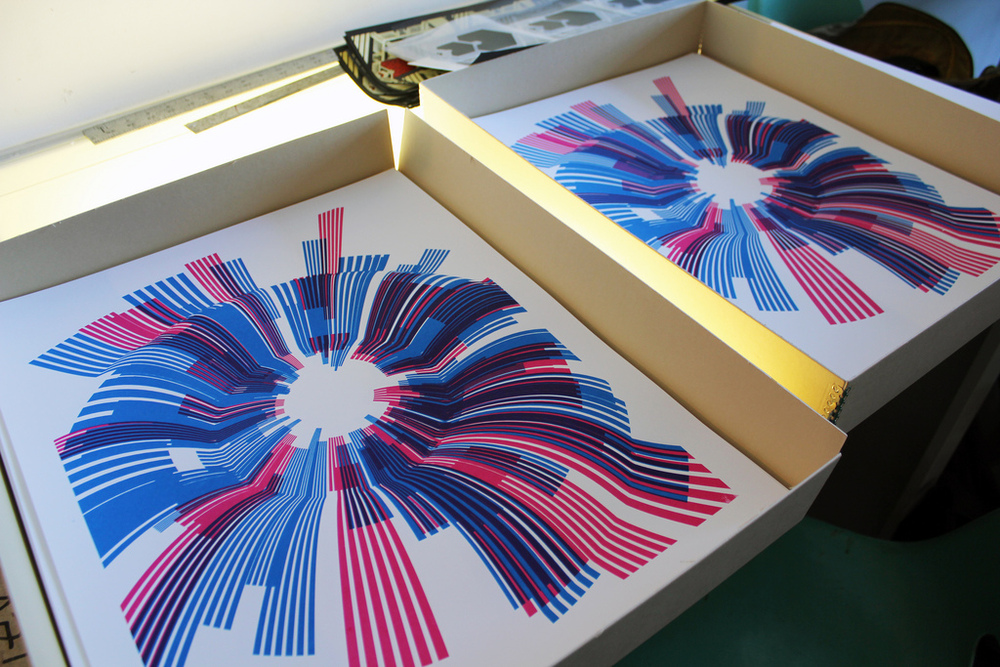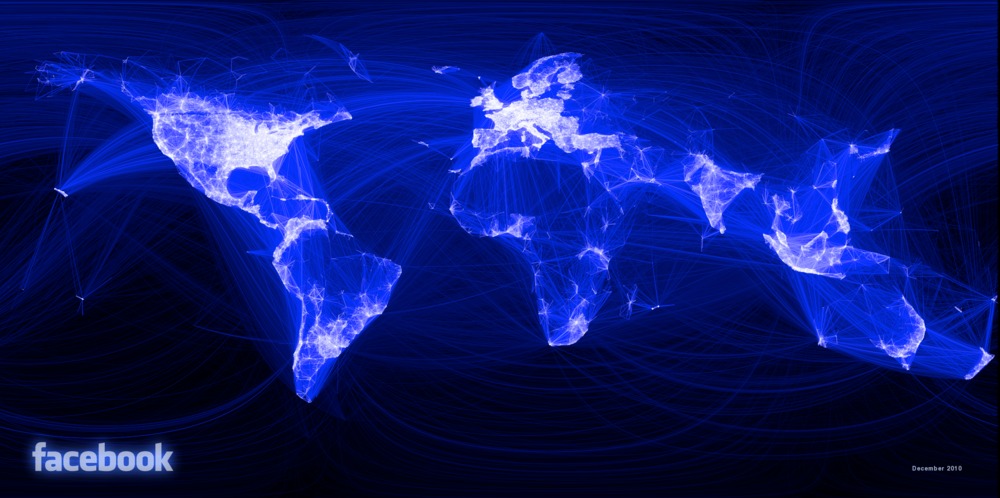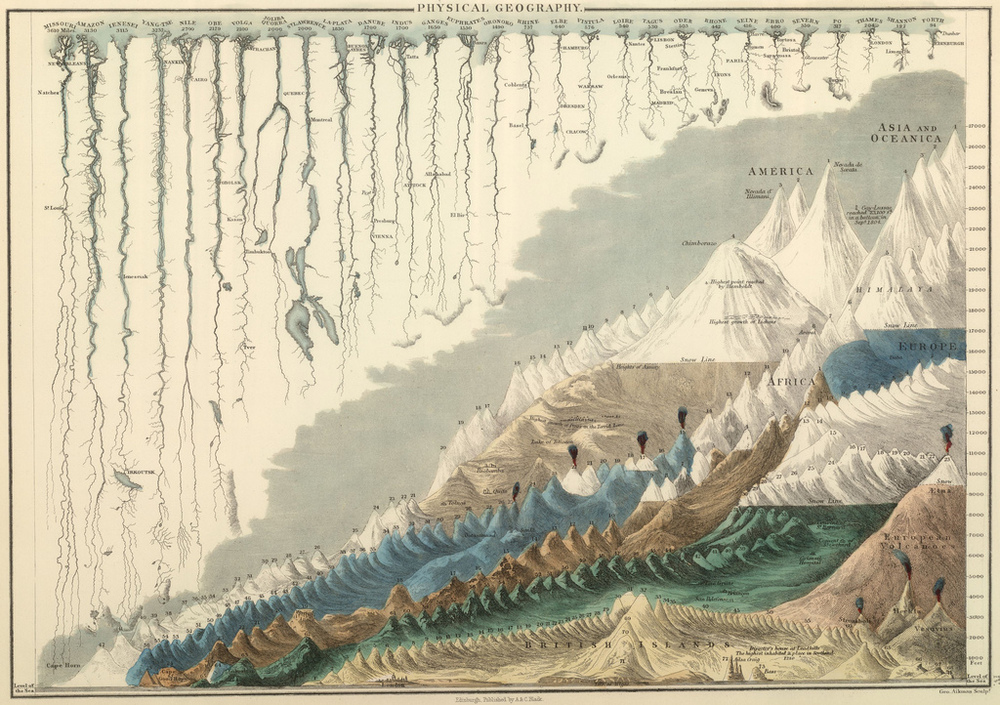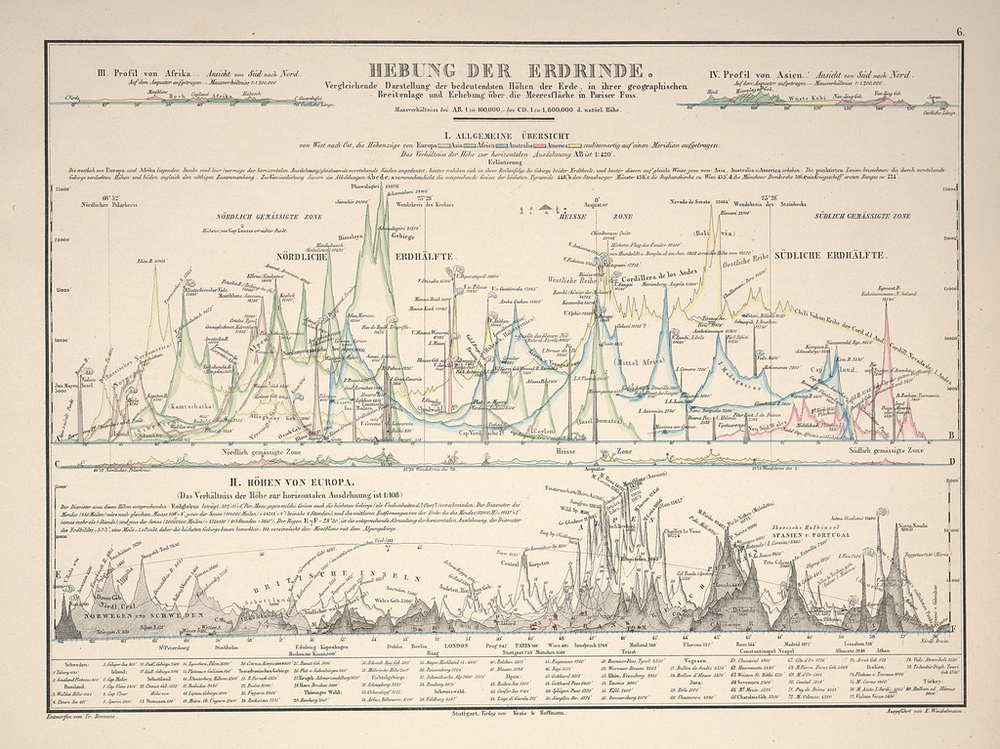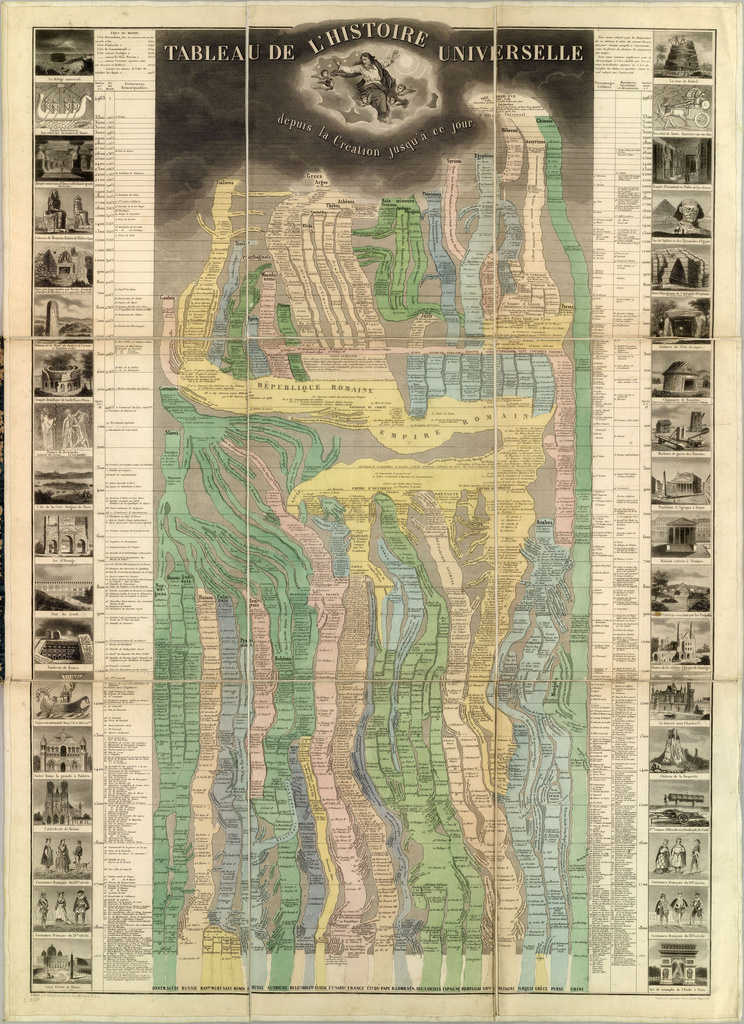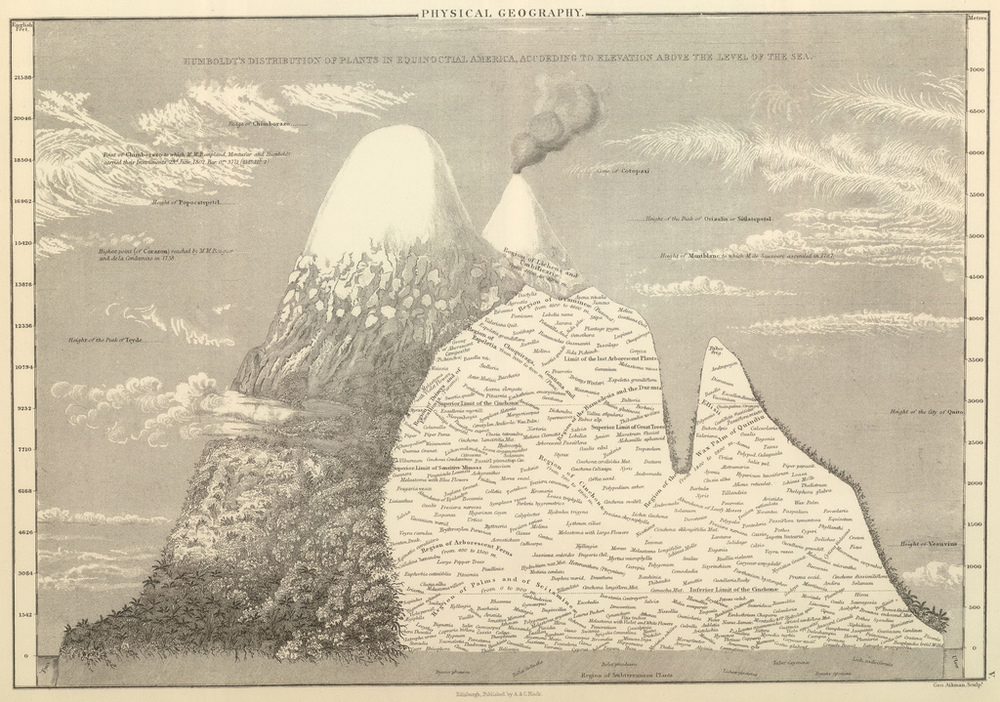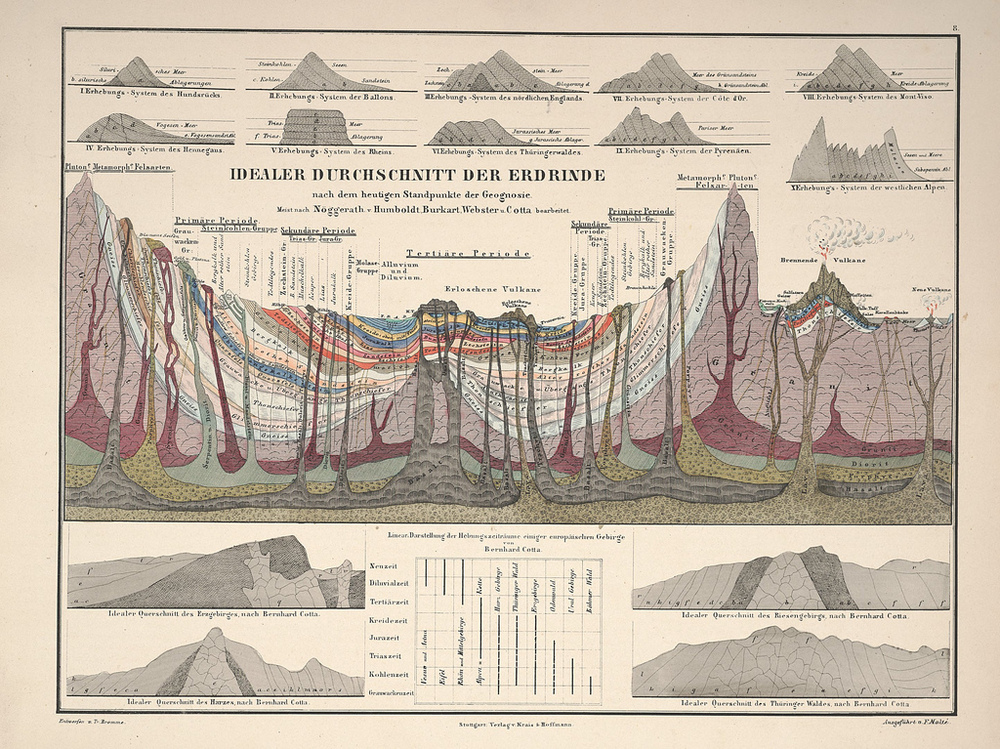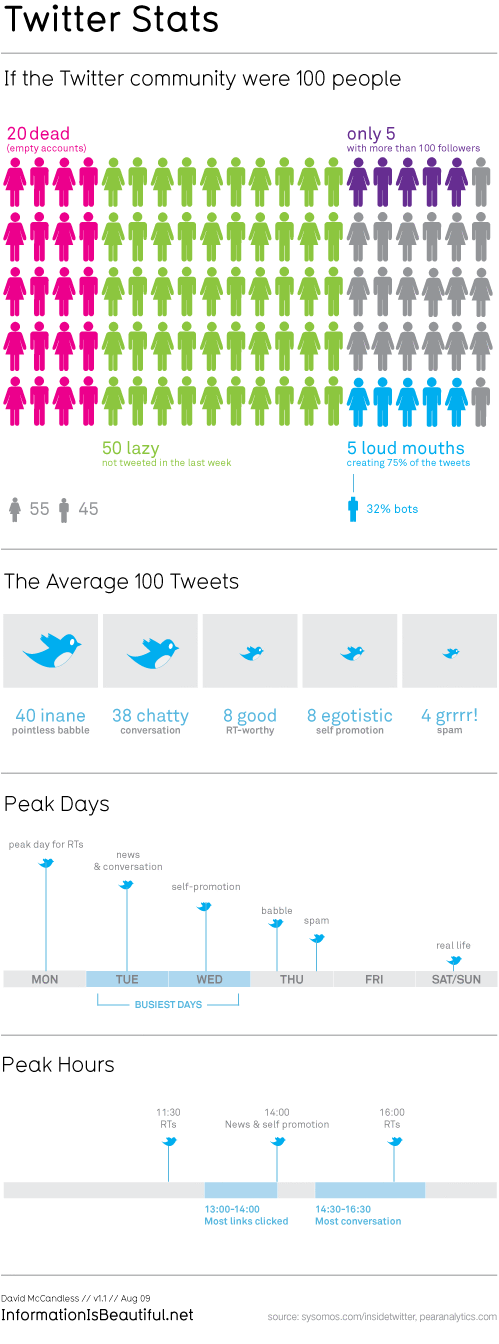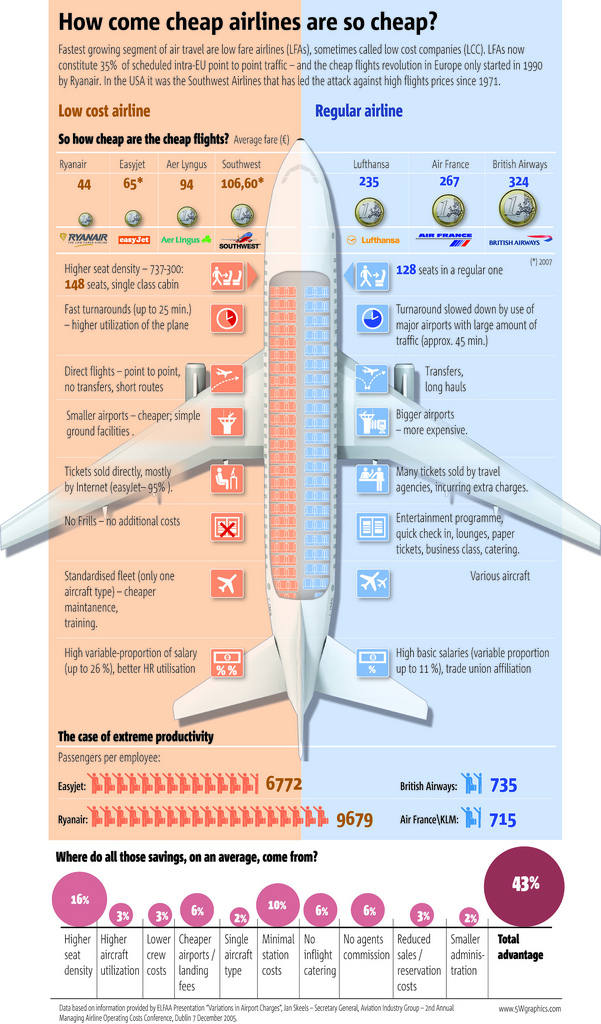Generative Art, created by computer software and mathematical equations, and the traditional craft of printing (by hand) usually don’t come together very often. What happens, when you put a MacBook Pro and big buckets of color next to one another, is shown by artists Marius Watz and Jer Thorp for the Random Number Multiples series, an ongoing art publishing extension of Christina Vassallo’s curatorial platform Random Numbers.
Random Number Multiples provides an opportunity for artists to expand their repertoire through artwork editioning processes. It is a platform for artists to experiment with new techniques or engage with familiar ones in new ways.
As the current Data Artist-in-Residence at the New York Times, Jer Thorp took the newspaper as his reference point. With two separate works, or “timepiece graphs,” he tracked how often the Times printed the words ”red,” “green,” and “yellow” resp. “hope” and “crisis” from 1981 to 2010. Each piece is arranged so that the data can be read clockwise.
The “Arc” series that Marius Watz chose for the project are described as “pseudo-random compositions of radial shapes, subtly distorted by a 3D surface that lends the image a strong focal point and sense of movement.”
Prints are limited editions of 50, and will be available exclusively through
Random Number for $100 each.
